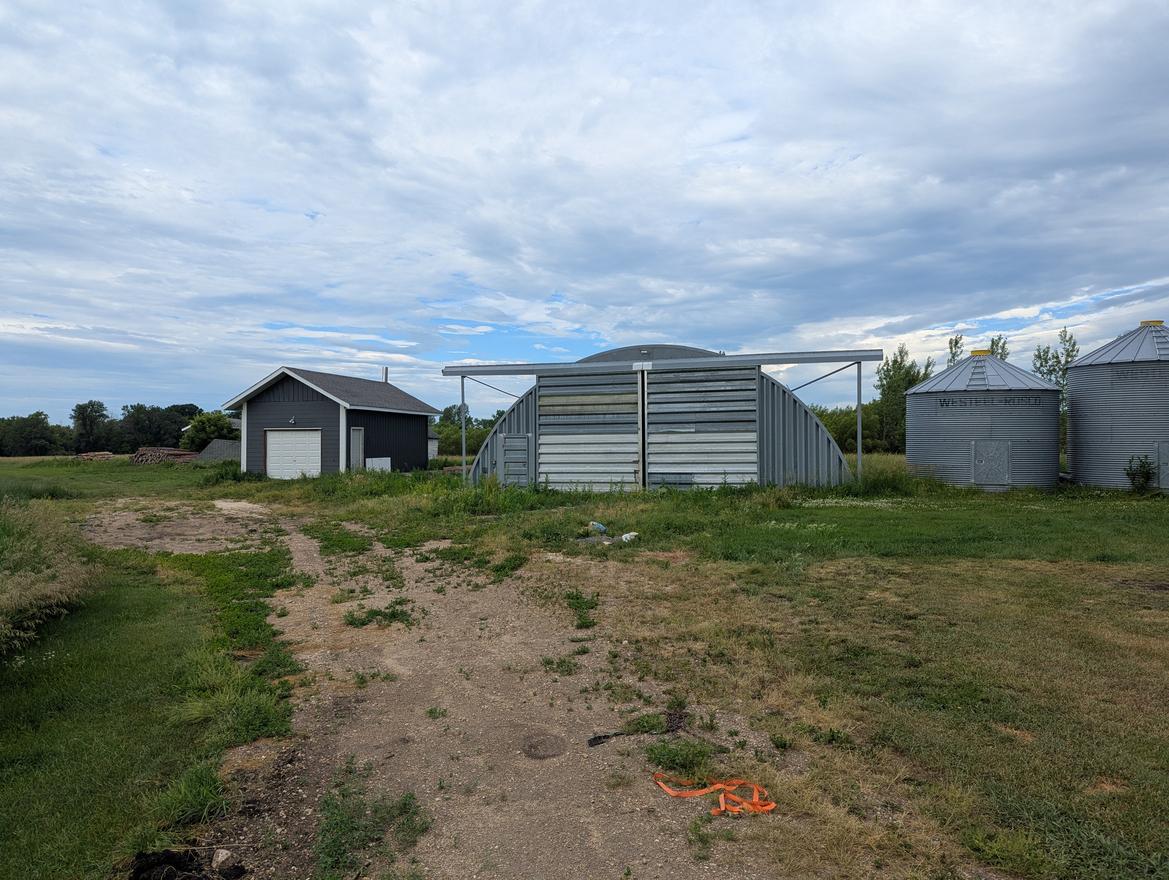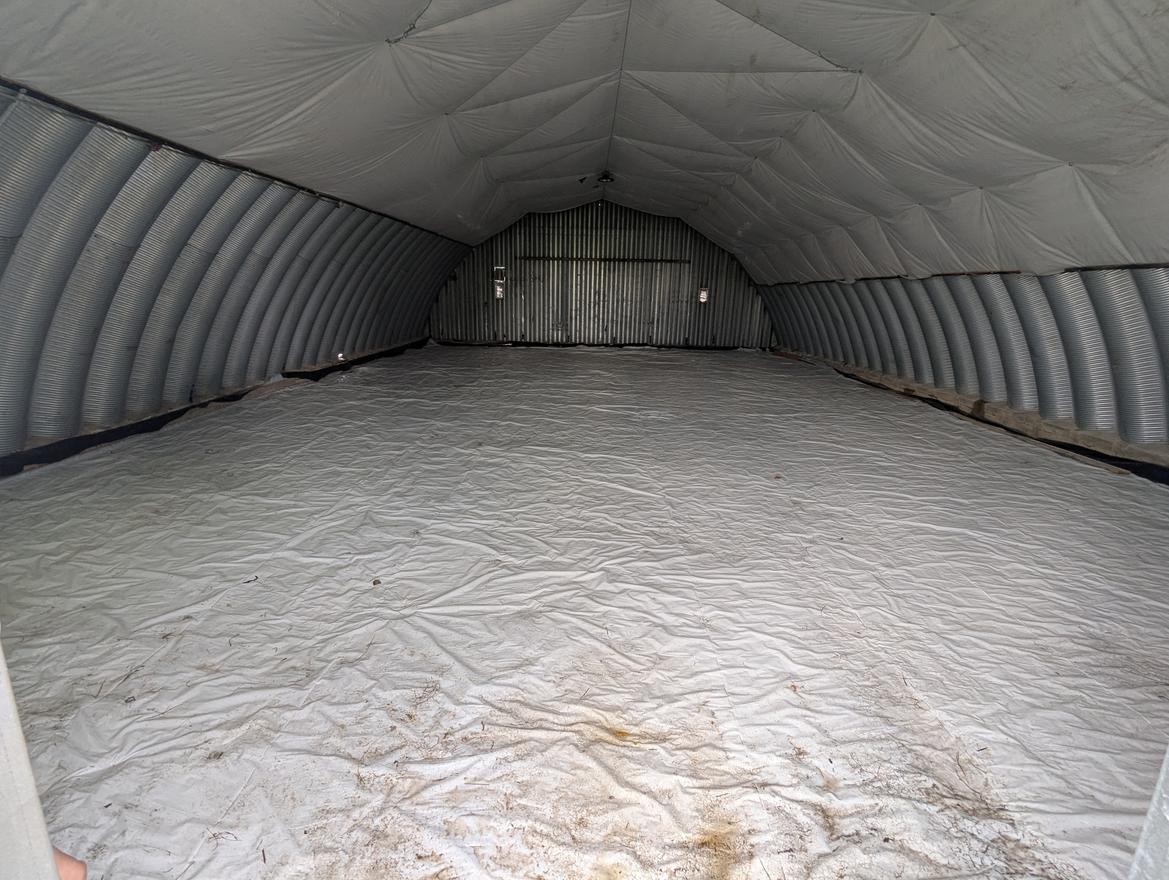Hey GRM!
Life has been busy lately, primarily with purchasing a new house and selling our current place. We're going from inside the city to about 20 minutes outside, on 13 acres. Tons of room for projects!
One of the included outbuildings is a roughly 30x60 Quonset that the previous owners flooded and used as a skating/hockey rink during the cold months. I'd like to use it as vehicle parking/storage, but I'm not sure of the best way to accomplish this. My goal is minimum amount of humidity to prevent rust. The floor currently has a one piece plastic sheet covering the entire thing. Underneath looks like very wet gravel/mud.


Would it be best to add a layer of gravel on top of this and park cars? Remove the plastic and add gravel as needed once it dries out? Remove the plastic, let it dry, then re-install and cover with gravel?
That is so cool. Congrats on the acreage. I wish I had a spare Quonset hut to flood and make an ice hockey rink in; my kids would have a blast and only the occasional broken limb. I don't have any tips on how to floor it dryly though sorry. My uninformed thought process would be that getting the moisture out is important and the plastic would be preventing that. Putting gravel on top would almost certainly result in torn plastic so it would continue to emit moisture into the air. But I don't know how dry your climate is there; would a bare indoor gravel floor ever be "dry?"

SV reX
MegaDork
7/11/25 8:33 a.m.
You won't be able to control humidity with any type of flooring. You have to manage the water and ventilation.
I don't know anything about your typical weather patterns. Google says prairie winds, but generally high humidity. The humidity inside the building will mimic the exterior without mechanical aid. (Humidity will always migrate to the drier space)
First question is about grade. Quonset hits have no overhang. 100% of the rainwater that lands on the roof ends up pooling at the base of the walls. If the grade inside is lower than the grade outside, it will always be wet. It's basically a small pond with walls around it. Previous owner definitely contributed to the issue by flooding the building regularly. Even a single pinhole would allow all that water to seep under the plastic, and the plastic then prevents evaporation.
First you have to dry out the building. Remove all the plastic and encourage airflow. Large fans may help. Measure and monitor the actual moisture levels in the soil. Drying out the building will take a long time. Probably weeks or months.
Once you've got the building dry, then you need a plan to manage the water. You can't add gutters to a Quonset hut, so I would suggest adding French drains on each side at the base of the walls. Drain to daylight.
If you are able to successfully dry out the floor, then you can think about the flooring. I would consider avoiding the vapor barrier and adding a permeable floor. That way the floor can breath and dry to the inside (with ventilation fans). For a floor surface, consider GAB (crush and run). It's gravel that can be packed tightly and can serve as a reasonable parking surface that can still drain and breath.
If you want a finished floor (like a shop), the plan would be different. Concrete, with vapor barrier under. If you can't mange humidity with ventilation alone, consider dehumidifiers and/or HVAC systems. That would get spendy.

SV reX
MegaDork
7/11/25 10:52 a.m.
BTW, you can dry it quicker if you turn the dirt a few times with a machine. Mini ex, farm tractor, skid steer, rototiller, whatever. Just turn the dirt every few days to get air in it.
I once visited a guy who had an impressive collection of old project cars ,
When he parked them they were rust free , but he put plastic on the ground which kept the water from draining . so there was always moisture under these cars and they rotted so bad they were barely parts cars !
right now if you went out and dug a hole , how deep before you hit damp soil ?



























